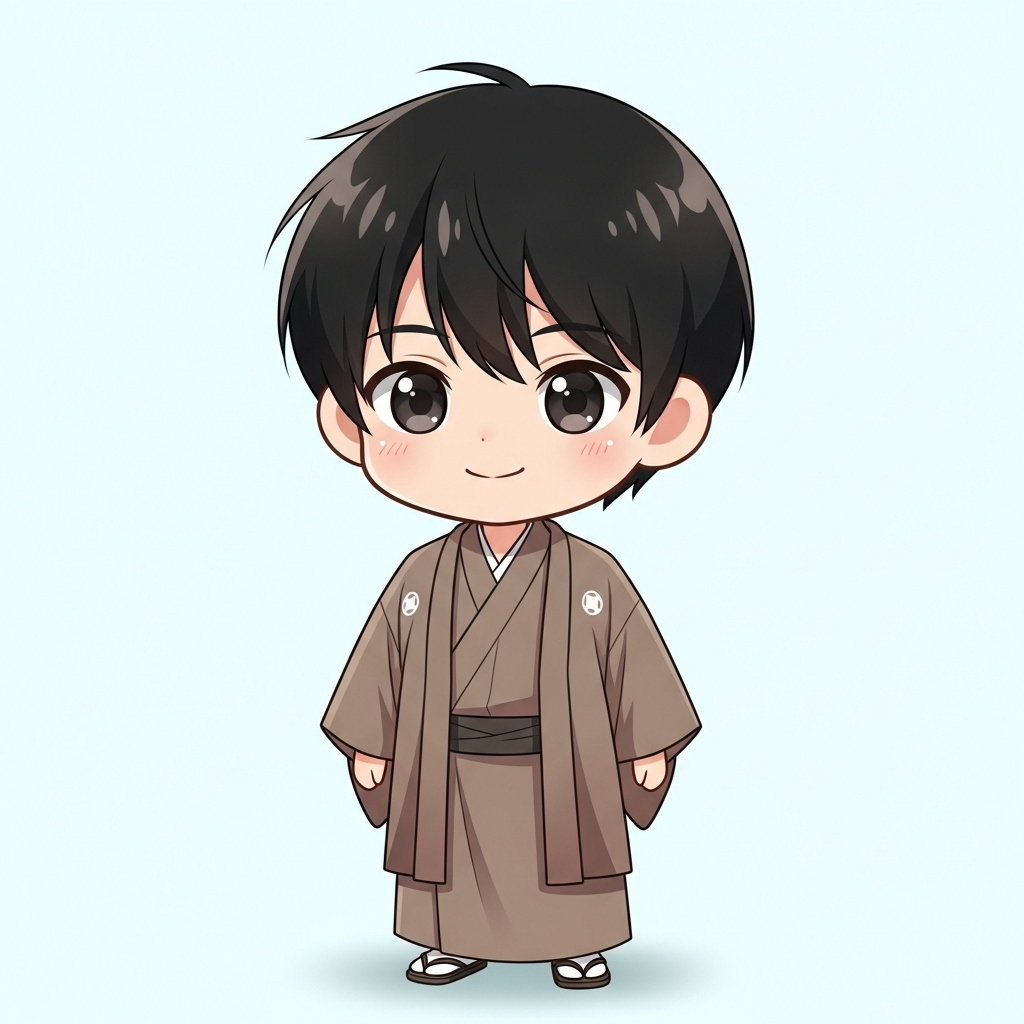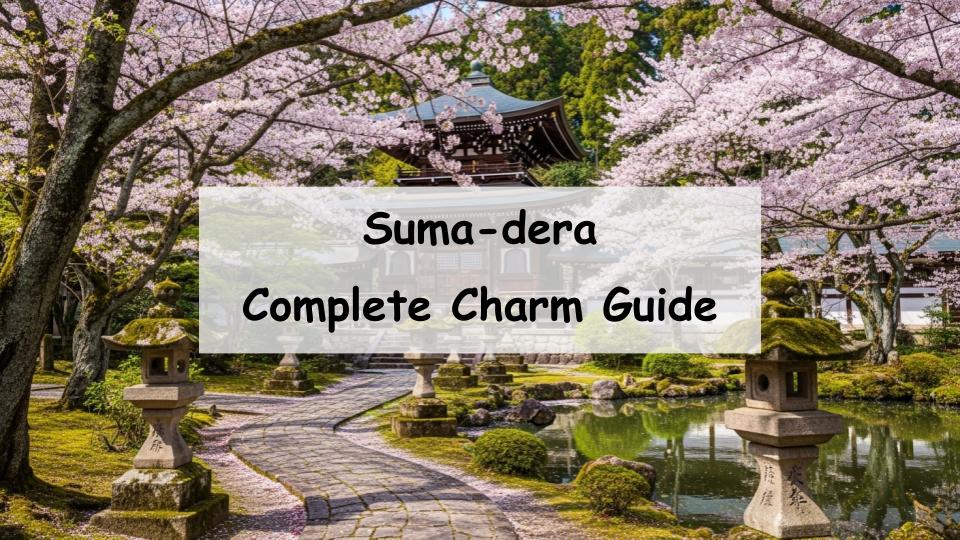If you’ve searched for “Suma-dera,” you’re likely interested in exploring a historic temple or seeking a peaceful spot to visit. You might be wondering, “What is its history?” “What are the highlights?” or “How can I get there?” This article will answer those questions for you.
Suma-dera is a temple rich in history, linked to the Genpei War and the legend of Taira no Atsumori. It’s a popular destination for history enthusiasts and tourists alike. Its grounds are dotted with must-see landmarks and unique features that appeal to visitors of all ages.
In this article, we will provide an in-depth look at Suma-dera’s historical background, key attractions, access information, and surrounding highlights. After reading, you’ll have a thorough understanding of what makes Suma-dera such a captivating place.
- What is Suma-dera? History and Basic Information
- A Thorough Guide to Suma-dera’s Highlights and Attractions
- Enjoy Suma-dera’s Beauty Throughout the Seasons
- How to Access Suma-dera
- What to Know Before Visiting Suma-dera
- Nearby Attractions and Local Food
- Conclusion: Experience History and Serenity at Suma-dera
- A Message from the Guide
What is Suma-dera? History and Basic Information
The Founding and Historical Background of Suma-dera
Suma-dera, formally known as Uenoyama Fukusho-ji, is a venerable temple of the Shingon sect located in the Suma ward of Kobe City. It was founded in 886 AD by imperial decree during the Heian period, giving it a history that spans over a thousand years. Over the centuries, the temple has preserved numerous cultural artifacts and Buddhist statues.
Throughout its long history, Suma-dera has been closely connected to significant historical events, including the Genpei War and the Nanboku-cho period, and has been cherished by many poets and warriors alike. It continues to be a vital cultural and religious center in the region.
The Legend of Taira no Atsumori and the Genpei War
One of Suma-dera’s most famous stories is the tragic tale of Taira no Atsumori and Kumagai Naozane. During the Genpei War, Atsumori, a young Taira warrior, was slain by the Genji warrior Kumagai on the shores of Suma. This poignant story, immortalized in “The Tale of the Heike,” is deeply connected to the temple.
Within the temple grounds, you can find a grave for Atsumori’s head and statues depicting the duel, leaving a lasting impression on visitors. This legend adds a layer of human drama and historical romance that defines Suma-dera’s unique atmosphere.
Grounds Size and Location
The temple grounds cover a spacious, gently rolling area with multiple halls, statues, and notable sites scattered throughout. Suma-dera is located in 4-chome, Suma-dera-cho, Suma-ku, Kobe City, Hyogo Prefecture. It is conveniently accessible by foot from JR Suma Station or Sanyo Electric Railway’s Suma-dera Station.
The approach to the temple is lined with shops and tea houses, enhancing the visitor experience by blending historic ambiance with local charm.
A Thorough Guide to Suma-dera’s Highlights and Attractions
The Famous Kannon Hall and Main Deity
The main object of worship at Suma-dera is the Shō-Kannon Bosatsu (Avalokiteshvara), enshrined in the Kannon Hall. Revered as a deity who grants blessings, the statue has drawn worshippers seeking good fortune for centuries. Its serene expression invites visitors to find inner peace.
The Kannon Hall itself exudes a historic atmosphere, with wooden architecture that offers a tranquil space for reflection.
Genpei-Related Historic Sites and Statues
Several historic sites related to the Genpei War are scattered within the grounds. Statues depicting the duel between Atsumori and Kumagai vividly bring the story to life, captivating many visitors. Other monuments include the head mound of Atsumori and exhibits referencing the flute he once played, allowing visitors to learn history while exploring.
These sites provide a meaningful experience beyond sightseeing, connecting visitors to Japan’s past.
Unique Features and Worship Spots
One of Suma-dera’s distinguishing characteristics is its collection of unique and playful features not commonly found at other temples.
The Blessing Jizo and One-Wish Jizo
Statues such as the Blessing Jizo and One-Wish Jizo are especially popular for their reputed power to grant wishes. Visitors often gently touch the Blessing Jizo statue, hoping to receive blessings, creating a lively yet spiritual atmosphere.
Rotating Rokujizo Statues and the Quirky Bell Tower
The temple also features a rotating set of six Jizo statues, which visitors spin while offering prayers. The bell tower includes whimsical elements, making it enjoyable for families and children. These creative touches break from the traditional solemnity often associated with temples, making Suma-dera accessible to all.
Enjoy Suma-dera’s Beauty Throughout the Seasons
Cherry Blossoms and the Flower Festival in Spring
In spring, the temple grounds bloom with cherry blossoms, creating a stunning spectacle. The best viewing period is from late March to early April, coinciding with the Flower Festival, which draws crowds eager to enjoy the vibrant scenery and festive atmosphere.
Autumn Foliage Viewing
During autumn, colorful foliage transforms the temple area, particularly around the Tahoto Pagoda and stone stairways. The blend of red and yellow leaves with historic architecture offers a serene experience. The peak foliage season typically falls between mid to late November.
Seasonal Events and Festivals
Suma-dera hosts various seasonal events, including Setsubun bean-throwing, Bon Festival lantern ceremonies, and New Year’s first prayers. These events enrich the visitor experience, allowing deeper engagement with local traditions.
How to Access Suma-dera
By Train and Bus
Access to Suma-dera is straightforward. The nearest station is Sanyo Electric Railway’s Suma-dera Station, just a five-minute walk from the temple. JR Suma Station is also nearby, about a ten-minute walk away. This convenient access makes it easy to include Suma-dera in your sightseeing itinerary.
By Car and Parking
For those driving, the temple is reachable via the Second Shinmei Road and the Hanshin Expressway. There is parking available for visitors near the temple, though weekends and holidays can be busy, so early arrival is recommended.
Touring Nearby Attractions
The temple is close to attractions like Suma Kaihin Aquarium and Sumaura Park, making it easy to combine visits to nature spots and leisure facilities along with the temple, perfect for family or couple outings.
What to Know Before Visiting Suma-dera
Opening Hours and Admission Fees
Suma-dera is open year-round, typically from 8:30 AM to 5:00 PM. General admission is free, though some special exhibitions may charge a fee. It is advisable to check the official website for the latest information before visiting.
Etiquette and Important Notices
Visitors should respect rules such as no photography in certain areas and maintaining quiet in the main halls. Observing these manners ensures a respectful and peaceful environment for all.
Recommended Visit Duration and Crowd Tips
A thorough visit takes about 1.5 to 2 hours. Weekends and holidays tend to be crowded, so weekday mornings are the best time to visit for a quieter experience.
Nearby Attractions and Local Food
Combine Visits to Suma Kaihin Park and Sumaura Park
Near Suma-dera, you can also enjoy natural beauty at Suma Kaihin Park and Sumaura Park. Walking along the beach or viewing the landscape from observation points complements the historical experience at the temple.
Local Cuisine and Café Recommendations
After exploring the temple, visitors can enjoy local specialties at nearby tea houses offering traditional sweets like anmitsu and dango. Additionally, there are stylish cafés and restaurants featuring local ingredients, perfect for relaxing after sightseeing.
Conclusion: Experience History and Serenity at Suma-dera
Reaffirming the Charm of Suma-dera
Suma-dera combines deep history, rich culture, nature, and a welcoming atmosphere. Its thousand-year legacy and open environment make it a beloved destination for visitors of all kinds.
Recommended Plan for First-Time Visitors
For first-timers, a morning visit to the temple followed by an afternoon stroll through nearby parks and a meal at a local café makes for an ideal half-day trip. This itinerary offers a well-rounded experience that highlights the best of Suma-dera and its surroundings.
Visiting Suma-dera is a chance to connect with Japan’s history while finding peace and refreshment in a beautiful setting.
A Message from the Guide

I visited in autumn, and the beautiful autumn leaves brought me a sense of calm and peace.






Comment